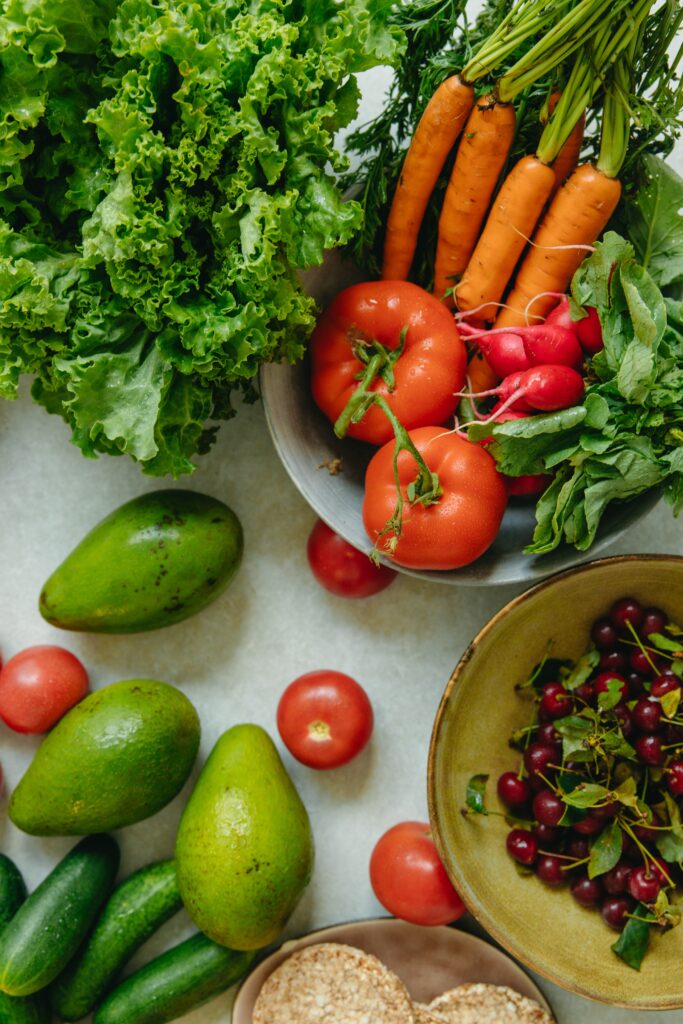Shockingly, as I stated in my previous post, the EPA estimates that over 50% of homes and buildings in North America have some mold! Unfortunately, for some of us, we react more intensely. And it is often missed by medical providers for years!! In today’s blog, I’m focusing on some basic tips to remediate and heal from mold-related illness.
Dr. Ritchie Shoemaker, a pioneer in this field, estimated that approximately 25% of the population has a genetic predisposition with certain gene variants, such as those related to Glutathione/detoxification pathways, that may influence how the body responds to mycotoxin exposure, even making one susceptible to CIRS, a condition that can result from Mycotoxin exposure.
While preventing and remediating mold in your environment is essential, taking care of your health through dietary and lifestyle changes can also significantly reduce the impact of mold exposure. Here are some recommendations:
1. Reduce your toxic mold burden
- Get out of the moldy environment, if possible. If not, get professional remediation. Like most things in life, there are good, better, and best companies, so be cautious and check references. The team that I used and recommend is Mead Indoor, here in the Southeast. You can learn more about their services and compare them to a team close to you.
- Be sure to wear masks and wash your clothes. I recommend the MicroBalance Health Products products Dr. Donald Dennis, ENT (and my surgeon) created. Ec3 liquid and candles are something I use on a regular basis.
- Note- It’s optimal to leave the lid or door open to your washing machine so that it can dry out between loads. I use this laundry additive to kill mycotoxins during my laundering.
- Wash your linens regularly – at least weekly. Getting a clean pillowcase nightly may be advisable if you have severe mold sickness.
- Use an air filter in your home. Personally, I use the IQAire filter.
2. Maintain a Balanced Diet
Eating a well-balanced diet rich in vitamins and nutrients can help support your immune system, making it better equipped to handle potential mold exposure. Focus on
- Fresh Organic Fruits and Vegetables Rich in Antioxidants – a naturopathic physician I studied from said that Kale, especially sautéed Kale, has great mold detoxification properties. So indulge 😉
- Lean Proteins – include sources of healthy wild-caught fish, organic eggs, and organic chicken.
- Whole Grains – like quinoa, but avoid processed grains more susceptible to mold contamination. Check for spoilage!
- Healthy fats – including avocados, nuts, and Omega-3 fatty acids from Salmon and sardine.
- Herbs and Spices – many herbs and spices like garlic, oregano, thyme, and turmeric have anti-microbial and immune-boosting effects. Add these to your cooking.
- Nuts and Seeds- opt for fresh and organic. Note – Storing your nuts in the fridge is recommended so they do not grow mold.

Minimize these: Some of the items on this list may surprise you. I know I was unaware of all the sneaky places where mold and mycotoxins can fester when I began my mold-healing journey. Here are a few foods or food groups to minimize:
- High-Sugar Foods: Mold can thrive on sugar, so it’s best to limit sugary foods, refined carbohydrates, and sugary beverages. Sugar inhibits the immune system for at least 6 -8 hours, reducing mold-fighting capacities.
- Processed Foods: Processed foods often contain additives and preservatives that can encourage mold growth. These can include packaged snacks, deli meats, and sugary cereals.
- Aged and Mold-Prone Foods: Reduce or eliminate foods known to be more susceptible to mold contamination, such as aged cheeses, dried fruits, and peanuts.
- Alcohol: Some alcoholic beverages, particularly wines and certain types of beer, can contain trace amounts of mold due to fermentation.
- Mold-Contaminated Foods: Discard any foods showing signs of mold or spoilage.
3. Stay Hydrated
Drinking plenty of water is crucial for detoxification and maintaining optimal bodily functions. Hydration can aid in flushing out toxins and supporting your immune system. To add more clarity, be sure to drink filtered water, NOT from a plastic bottle, especially if it’s been sitting in a hot vehicle. The reason is that the BPA in plastics requires Glutathione to detox them. If you’re using Glutathione to detox the plastics, you will not have the available supply to detox the mycotoxins.

4. Detoxification Support
Functional medicine employs various strategies to support the body’s detoxification pathways. I would not live a day without the endogenous (made in the body) Glutathione-supporting product called CellGevity. Other detoxification-supportive modalities may promote sweating through saunas, exercise, oxygen, and ozone therapy to kill mycotoxins.
5. Consider Probiotics
A healthy gut microbiome plays a vital role in immune function and can contribute to overall resilience against mold-related health issues.
Probiotics in fermented foods like yogurt, kefir, sauerkraut, and kimchi can help support gut health. A healthy probiotic supplement is recommended if you are not likely to try these foods.
6. Practice Stress Management
Chronic stress can suppress the immune system and exacerbate health issues related to mold exposure. Engage in stress-reducing activities like yoga, meditation, deep breathing, and regular exercise to support your overall well-being.
7. Consult a Healthcare Professional
If you suspect mold exposure affects your health, consider consulting a healthcare professional. An MD specializing in environmental medicine is optimal, even if you need a virtual consult. Once I moved to Florida, I now see my doc via Zoom.

8. Consider Allergies and Sensitivities:
As stated at the onset of this article, some individuals, including myself, may be more sensitive to mold and experience stronger reactions. If you have a history of allergies or sensitivities, be extra vigilant about mold prevention and consider discussing your concerns with a medical professional.
Conclusion
Dealing with mold sickness caused by mycotoxin exposure can indeed be tough. Still, the good news is that functional medicine and holistic healing offer a caring and all-encompassing way to approach it. By looking at the root causes, helping the body’s natural healing processes, and making some positive lifestyle changes, folks facing mycotoxin-related health concerns can discover relief, restoration, and a journey toward feeling better. It did for me!! Yes, it’s been a long journey, but my health has changed profoundly by addressing and detoxing the mold in my home and my body! Remember, we’re all wonderfully unique, so teaming up with healthcare experts is key to shaping a healing plan that’s just right for you.

